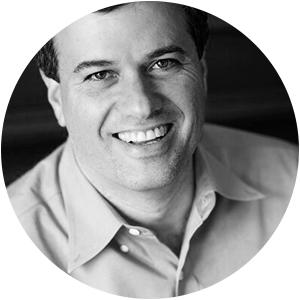Dear Sean,
My client just friended me on Facebook, but I’m not sure I want to be “friends.” What do I do?
Friend Zone
Dear Friend Zone,
Let us get the easiest answer out of the way first: Facebook lets you control what your friends see in your feed; you can always accept your client as a friend so as not to offend but then severely limit his or her access to anything you might consider too personal for them to see.
Now to the more challenging answer(s). Your client is not your friend. You may be friendly with him or her—and you may even become friends after your work is done. But during the course of the project, you are the expert and your role is to be the guide to the emotional return he or she seeks with a transformed space. As always, it is axiomatic that if your clients could see what you see or do what you do, they would not need you. Because they recognize that they cannot, they entrust you to create what they themselves never could—and to be this expert, you need boundaries.
You and your team always need to be able to explain to a client where they were, where they are and where they are going. You also need to firmly establish what happens if the client throws you off that course. The issue with being a friend is that boundaries blur in the “friend zone,” as do roles. Nothing could be worse for your business. Your process is yours and yours alone. No one, and I truly mean no one, ever gets to determine that process but you—but in the friend zone, your process is up for grabs.
Regardless of the dangers of the “friend zone,” there is another consideration you must take into account in today’s digital world: Talent, wisdom, and experience are no longer enough; you need empathy, sympathy and simpatico with your client in order to succeed. Beyond the pretty, beyond the functional, and beyond even the creative lies the essence of what you stand for as an artist and the very purpose of your work; your client must know that you live in the integrity of that purpose and that you are desperate and determined to share that purpose with him or her.
This kind of soul-sharing takes you far beyond the average day-to-day interaction—on Facebook or face-to-face. In sharing your purpose, you will undoubtedly find yourself vulnerable and exposed—but it is also the place where you must live if you are going to really succeed today as a designer doing meaningful work. (It’s important to note that being uncomfortable and vulnerable are not the same thing. Being uncomfortable is having your client see you in a hot tub with your friends on Facebook. Being vulnerable is being true to the essence of why you do the work you do, constantly working in a space where rejection cuts to the bone.)
What your clients are really asking of you is that you share this part of your soul as an artist with them so that they can believe that you are capable of transforming their lives with your work. Your choice is whether or not to go there—though I would submit to you that all of your profit lives in your client’s faith in you. That faith will never come from your choice to be uncomfortable, but only from your decision to be radically authentic about what you stand for as an artist and business owner. I hope all designers today come to know the power that resides in radical authenticity and (re)shape their businesses accordingly. To me, anyway, this is far scarier than accepting a client as my friend on Facebook will ever be—but oh-so-worth it.
____________
 Sean Low is the the go-to business coach for interior designers. His clients have included Nate Berkus, Sawyer Berson, Vicente Wolf, Barry Dixon, Kevin Isbell and McGrath II. Low earned his law degree from the University of Pennsylvania, and as founder-president of The Business of Being Creative, he has long consulted for design businesses. In his Business Advice column for BOH, he answers designers’ most pressing questions. Have a dilemma? Send us an email—and don’t worry, we can keep your details anonymous.
Sean Low is the the go-to business coach for interior designers. His clients have included Nate Berkus, Sawyer Berson, Vicente Wolf, Barry Dixon, Kevin Isbell and McGrath II. Low earned his law degree from the University of Pennsylvania, and as founder-president of The Business of Being Creative, he has long consulted for design businesses. In his Business Advice column for BOH, he answers designers’ most pressing questions. Have a dilemma? Send us an email—and don’t worry, we can keep your details anonymous.
Homepage photo: Shutterstock.com





























